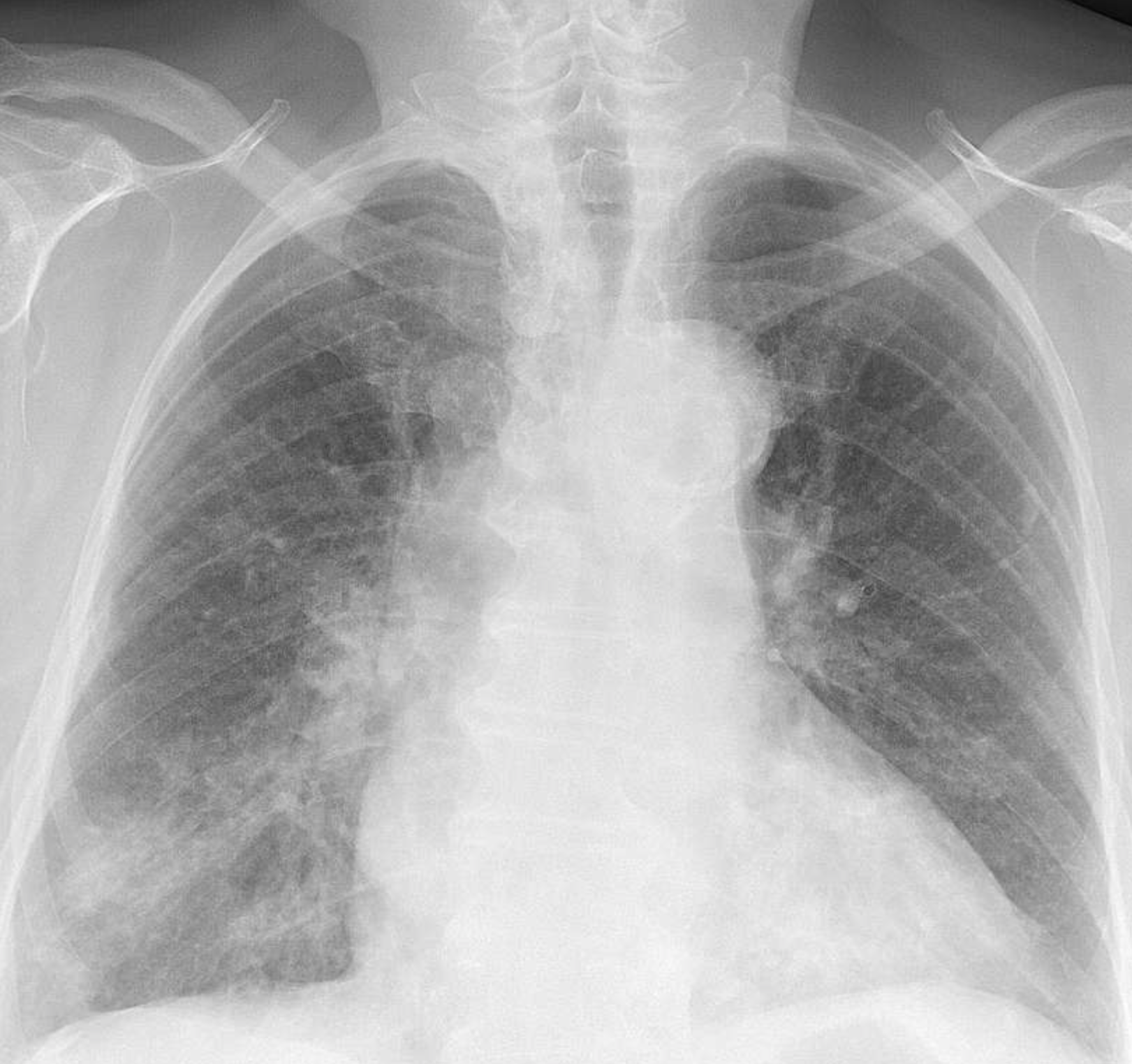CXR Evaluation
Evaluation of chest Xray diagnosis AI.
Modality:
Chest Xrays
Pathology:
Lung abnormalities
Status:
Concluded

CSC Lead: Laurence
This project has been completed. No further actions are planned on this topic.
In the NHS there is a severe shortage of radiologists, in 2020 1 in 10 NHS consultant posts were unfilled and this is thought to continue to rise. In contrast, the NHS workload is increasing, in 2021-2021 39.9 million images were performed and Chest radiographs (CXR or Chest X-ray) are the most commonly requested imaging study. CXRs often go unreported for days, or are never reported. This has the potential to lead to missed or delayed diagnoses, and often means CXR reporting is performed by non-radiologists in the acute setting. A large proportion of CXRs are normal, meaning already-stretched radiology departments must make time to analyse data that will not lead to a change in management or diagnosis.
We evaluated a commercial product which analyses chest x-rays. The evaluation performed was of a retrospective dataset to understand the product’s technical performance. This project is now concluded and the results provided to the interested clinicians.
Clinical lead: Vicky Goh,Carolyn Horst
Rationale
AI has the potential to ameliorate some of these challenges through improving accuracy and efficiency of CXR reporting.
Patient pathway
Patients are referred to radiology for a Chest X-Ray. The X-rays are then reviewed by a radiologist and who reports on any findings, however CXRs often go unreported for days, or are never reported. This delay in reporting or not being reported can mean delays in starting treatments or receiving a medical intervention.
Testing data
The testing dataset consisted of 18 000 Xrays which were labelled as either normal or one of the 10 conditions which AI was trained to detect.
Risks
Incorrect pathology detected, requires further investigations by clinical team and time delay in starting appropriate treatments or medical intervention.
Goals
To improve reporting times for CXR when used as a second reader. To enable triaging through identification of different emergent and critical pathologies, and thus enable faster reporting of non-normal CXR. This technology may also have support training of junior radiologists by identifying pathology for CXR training sets.
Success criteria
Improving time-to-report for ‘urgent’ and ‘critical’ findings using criticality triaging.